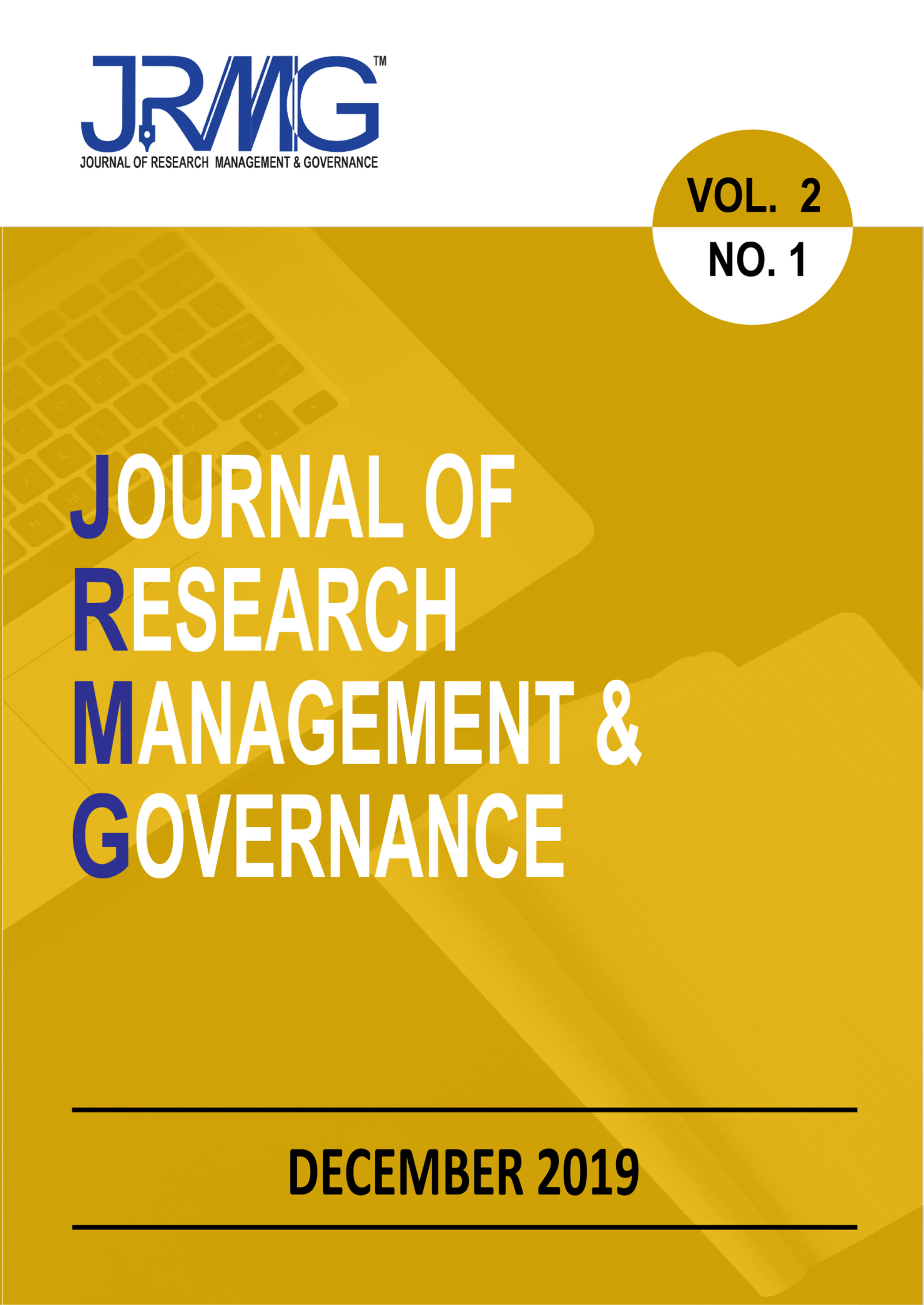The Significance of Professional, Personal and Business Networks to Academic Entrepreneurs
Main Article Content
Abstract
The degree of informational support academic scientists acquired from social network is associated with greater perceived feasibility that may influence their involvement in the research commercialization. Social capital has been commonly assessed by measuring the number of direct contacts from business and industry networks as well as the frequency of establishing new contacts. These approaches, however, have not adequately explained how social capital is beneficial to their entrepreneurial endeavor. This paper attempts to validate social capital as a formative construct using partial least squares structural equation modeling (PLS-SEM) to explore the relative importance of personal, professional and business networks to academic entrepreneurs in their technology transfer pursuit. A sample of 115 academic entrepreneurs of a Malaysia public research university was surveyed. The analyses of formative measurement model to evaluate construct validity, collinearity and significance of indicators revealed that scientists’ personal network is the most important social resource that facilitate and encourage them in the technology transfer pursuit, followed with business partners and potential investors. Although scientists have a large professional network through their attendance to conference, workshops and seminars, however, these platforms are often themed to focus more on sharing scientific knowledge rather than on academic entrepreneurship.
Downloads
Article Details
Articles submitted to the journal should not have been published before in their current or substantially similar form, or be under consideration for publication elsewhere. Authors submitting articles for publication warrant that the work is not an infringement of any existing copyright and will indemnify the publisher against any breach of such warranty. For ease of dissemination and to ensure proper policing of use, papers and contributions become the legal copyright of the publisher unless otherwise agreed. By submitting a manuscript, the author(s) agree that copyright for the article is transferred to the publisher, if and when the manuscript is accepted for publication. However, it can be reprinted with a proper acknowledgement that it was published in JRMG.

This work is licensed under a Creative Commons Attribution-NonCommercial-NoDerivatives 4.0 International License.
